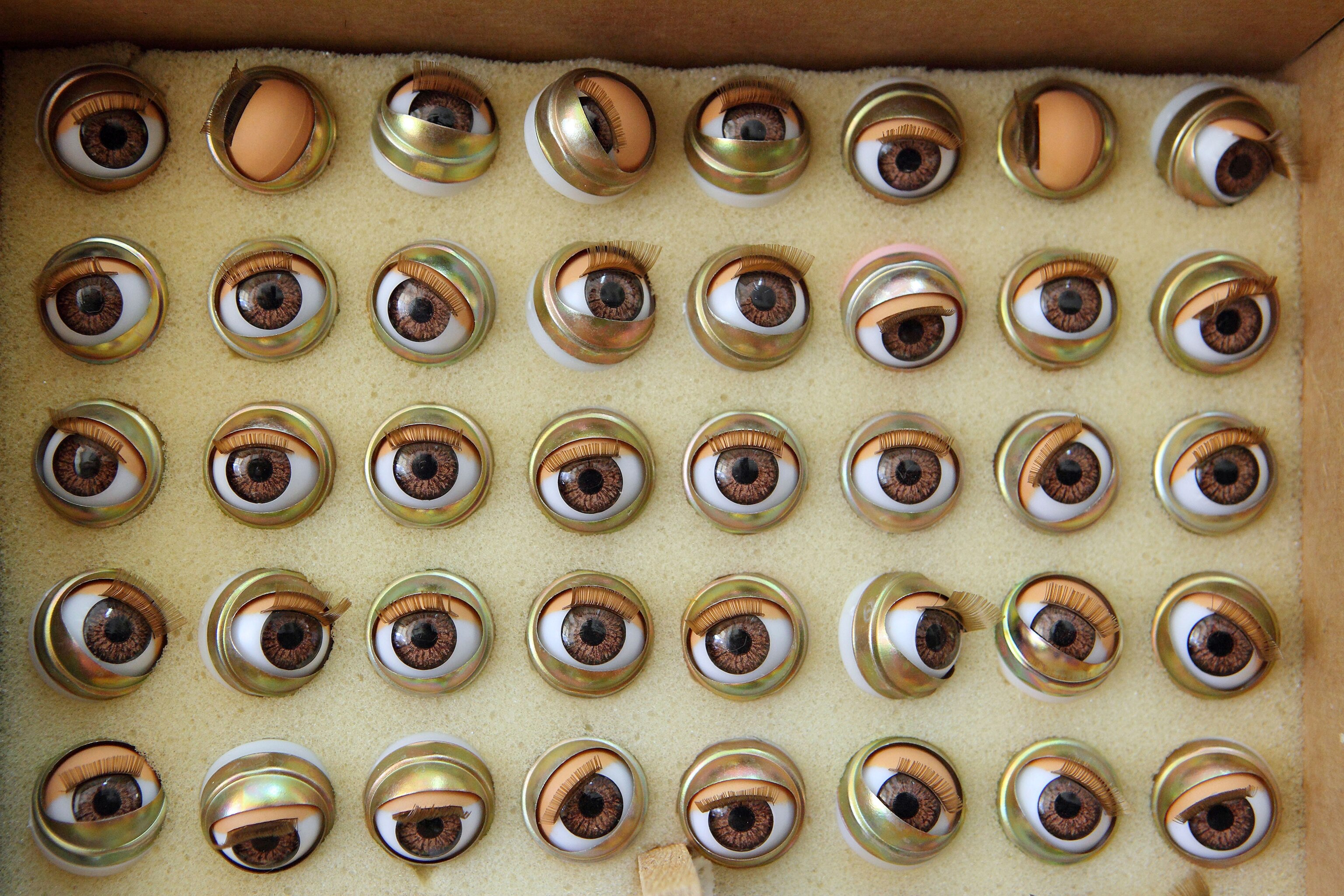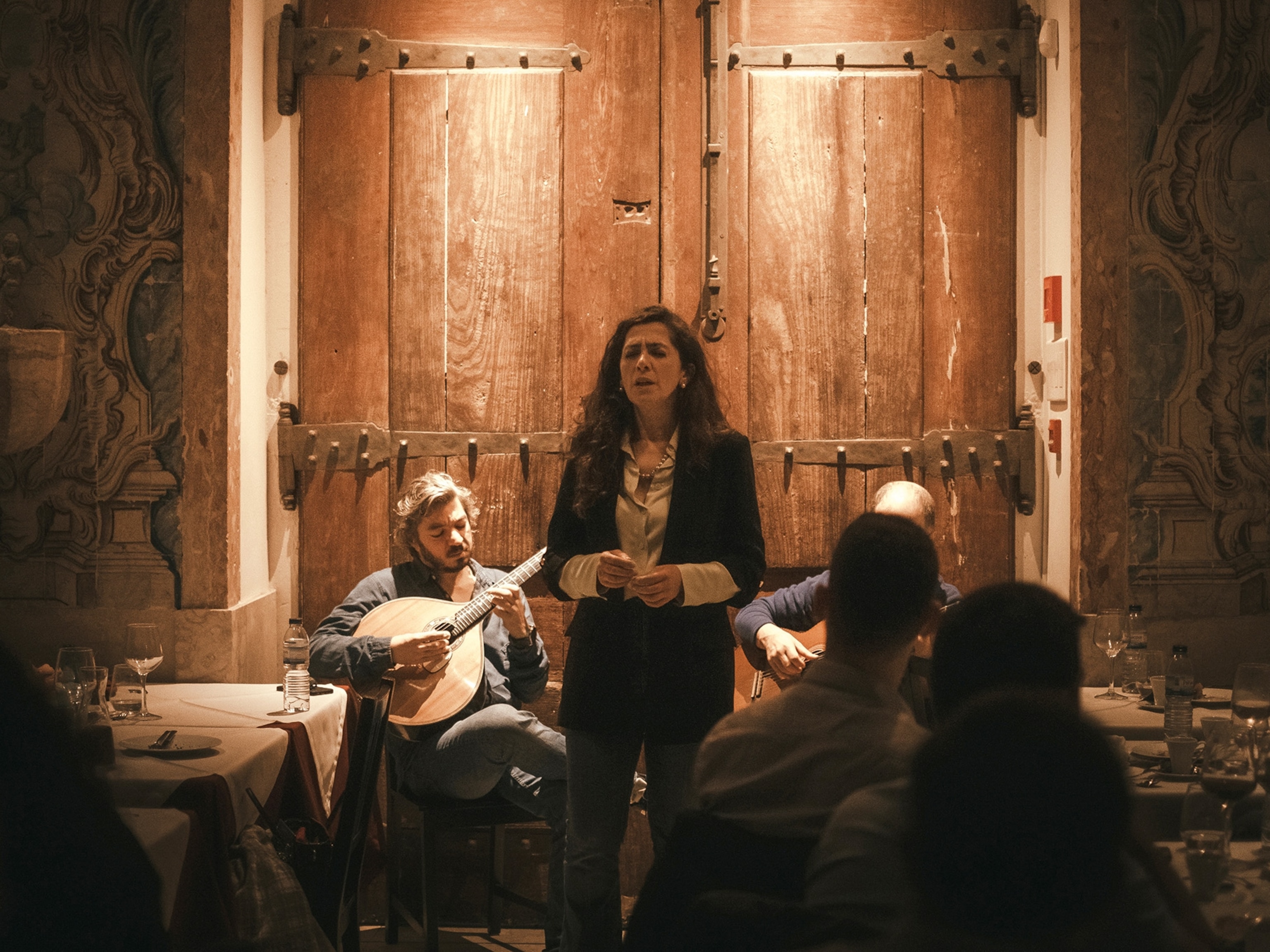
Welcome to the World's Oldest Surviving Doll Hospital
Nestled among Lisbon's busy storefronts, Hospital de Bonecas gives dolls of all kinds a new lease on life.
"Every day people ask if we keep [the] Bride of Chucky," says Manuela Cutileiro, a certified “doll surgeon” at Hospital de Bonecas. Established in 1830 in Lisbon’s bustling Praça da Figueira, it’s considered the oldest surviving doll hospital that continues to operate from its original location. Here, dolls of all kinds—plastic, porcelain, metal, wool and fabric—will receive a new lease on life.
The waiting list runs around four months and those in need of care paint a somewhat macabre picture: chipped faces, fractured arms, gaping ruby-stained lips, and missing eyes.
From elaborately-costumed German porcelain dolls in glass-fronted armoires to a black doll made in 1915 in Angola— Cutileiro, a former primary school teacher, is far from spooked by her motley crew of patients.

Some of their stories have been lost to time. Others traveled with immigrants and refugees and now represent a family’s singular possession left from home. “We don’t value one over another here, though,” Cutileiro says. “To us, all the dolls are valuable.”
The dolls are tagged with admission date and their ailments, and rest in cubicles, or “beds,” while awaiting treatment. Nearby, cabinets filled with little arms, legs, eyes, and even wigs are the medicines of choice. The work is painstaking and Cutileiro along with three additional “surgeons” possess certifications from Fundaçao Ricardo Espírito Santo, a museum and cultural center whose mission is to protect and conserve traditional arts. Once healed and patched up, the dolls are ready to return to the loving arms of an owner.
This building was once a hospital for humans, and Cutileiro is part of the fourth generation of family and friends to work in the shop. It once belonged to Carlota da Silva Luz, her father’s godmother. When Lilia Dinah da Silva Luz Tavares was next in line with no heirs of her own, Cutileiro, who was like a daughter to her, took over.
- National Geographic Expeditions
"I often visit schools and I speak with the children,” Cutileiro says. “If we get ill or break our arms, are we to be thrown away? Is this how we will treat our family and friends one day?" She believes the Portuguese have always been afflicted by some economic crisis or another, and combined with an innate sentimentality or saudade—a gnawing sense of nostalgia—repairing toys makes perfect sense here.
Follow Ishay Govender-Ypma on Twitter and Instagram @ishaygovender.





